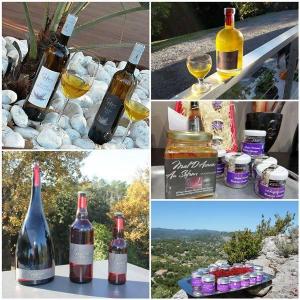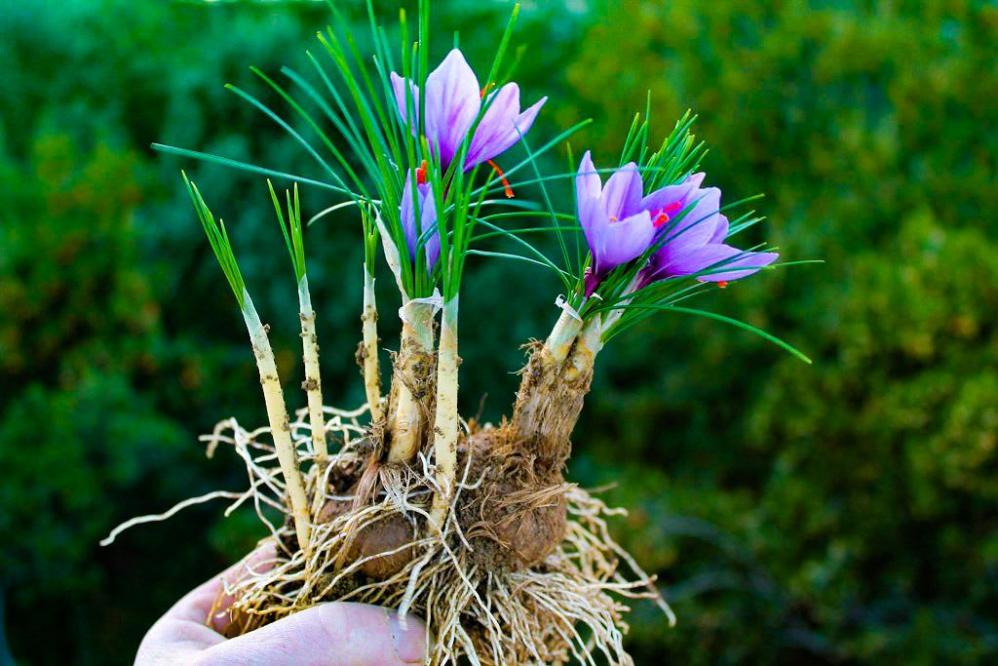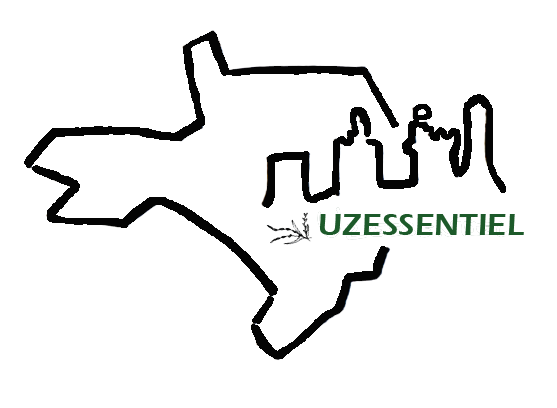The Safran d'Anduze, red gold in the Cévennes
- Par nbesse
- Le 08/04/2023
- Dans Local products & recipes
FR - From freshly harvested spice to its use in cooking, saffron is a product of excellence, unique in taste and quality.
article updated - July 2025
Specialising in its cultivation and a benchmark for the Gard region, Le safran d'Anduze, a family business covering 1 hectare founded in 2015 by Jean-Claude Tartois, has been run by Raphaël Hun since 2023.
'We are not newcomers to the agricultural and gastronomic sector. We were already selling spirulina, medicinal plants and a selection of rare spices at markets. It was at the Anduze market that we met Jean-Claude Tartois, who had been selling his products there since 2017 and wanted to pass on his family business.
Today, we continue to sell Dihé gourmet products, rare spices and exceptional superfoods, while also promoting, alongside the Safran d'Anduze team, a gourmet product that you can find at the Uzès farmers' market on Wednesdays.'

the saffron plantations of Anduze©Safran d'Anduze

Saffron, instructions for use
'Harvesting takes place over a limited period, from 15 October to 15 November. In general, there is a peak flowering period of around ten days. So you have to be very responsive! The flowers are picked, then pruned and dried at around 40º.
The Tartois family worked as a team – harvesting requires a lot of people... We will do the same. We don't change a method that works perfectly.'
|
Saffron ? ... The plant belongs to the Iridaceae family, which also includes iris and gladioli. It is the most expensive spice in the world, its price following that of gold. Its high cost is not linked to its rarity but to the cost of labor. It takes 350,000 crocus flowers to obtain only 1 kg of dry saffron (Epices & bon).
|
A spice with Cretan origins
Saffron 'has not only acclimatised in the Cévennes, where it has found a place of choice at an altitude of 360 m (saffron, which needs little or no water, benefits fully from the sun there). It is produced in small quantities in many parts of France, particularly in Quercy, a region that has revived the cultivation of this spice.
There could of course be more, but the cost of labour means that production has to be limited,' Jean-Claude Tartois previously explained.
|
Saffron originated in Crete, then spread to the Middle East. It was first cultivated in the Greek provinces by the Minoan civilization over 35 centuries ago (wikipedia).
|

harvest©Safrand'Anduze

Honey, beer, syrup...
'We are, of course, continuing to produce beers, an idea that came about during conversations between Jean-Claude Tartois and his restaurateur friends.
Innovative and delicious, the craft beers made with Anduze saffron – a blonde and an amber – are perfectly suited to the local cuisine, with just the right amount of saffron for a smooth, table beer with no added gas.
As for Cévennes acacia honey, the taste and virtues of Anduze saffron harmonise perfectly with this local product, whose qualities need no introduction.'

'Of course, we mustn't forget the flagship product, the true gold of the Cévennes, the filaments, a classic and highly effective ingredient. Our range is completed by a saffron syrup for cooking, baking and desserts in general.
Did you know that it's also perfect for kirs and cocktails, or simply to sweeten tea or herbal tea? Saffron is a flavour enhancer.
There is also a white saffron wine, a dry Grenache/Roussanne that goes wonderfully well with fish or seafood, and a sweet Muscat/Viognier wine, which is an elegant aperitif to accompany foie gras or desserts.
We now also offer a range of low-sugar jams rich in the flavour of Gard fruit and Anduze saffron: strawberry, nectarine, apricot...
Finally, our Cévennes pear liqueur with Anduze saffron completes our range as a fresh and fruity digestif or to accompany a dessert!'
Find us at the markets
‘You can come and meet us at the market in Uzès on Wednesday mornings, in Anduze on Thursday mornings (square de l'église), in Saint Jean du Gard on Tuesday mornings (in the market hall), in Sauve (at the Salavès chalet) and in restaurants, not to mention direct sales at the saffron farm, by appointment.’
Thanks to Raphaël Hun and Jean-Claude Tartois for their collaboration on this article (photographs ©Jean-Claude Tartois and ©Raphaël Hun).
The right address: Safran d'Anduze (organic saffron, Dihé gourmet products, rare spices, exceptional superfoods), 200 chemin du Ruisseau, Anduze. Tel: 06 84 86 81 83, safrandanduze@gmail.com.



